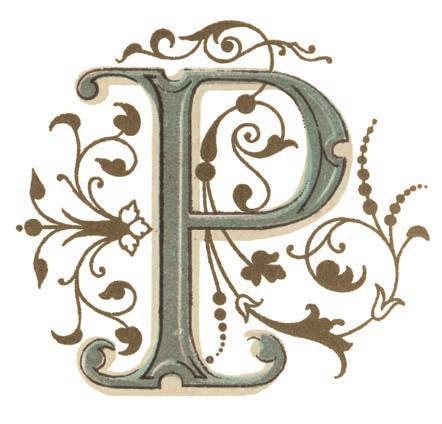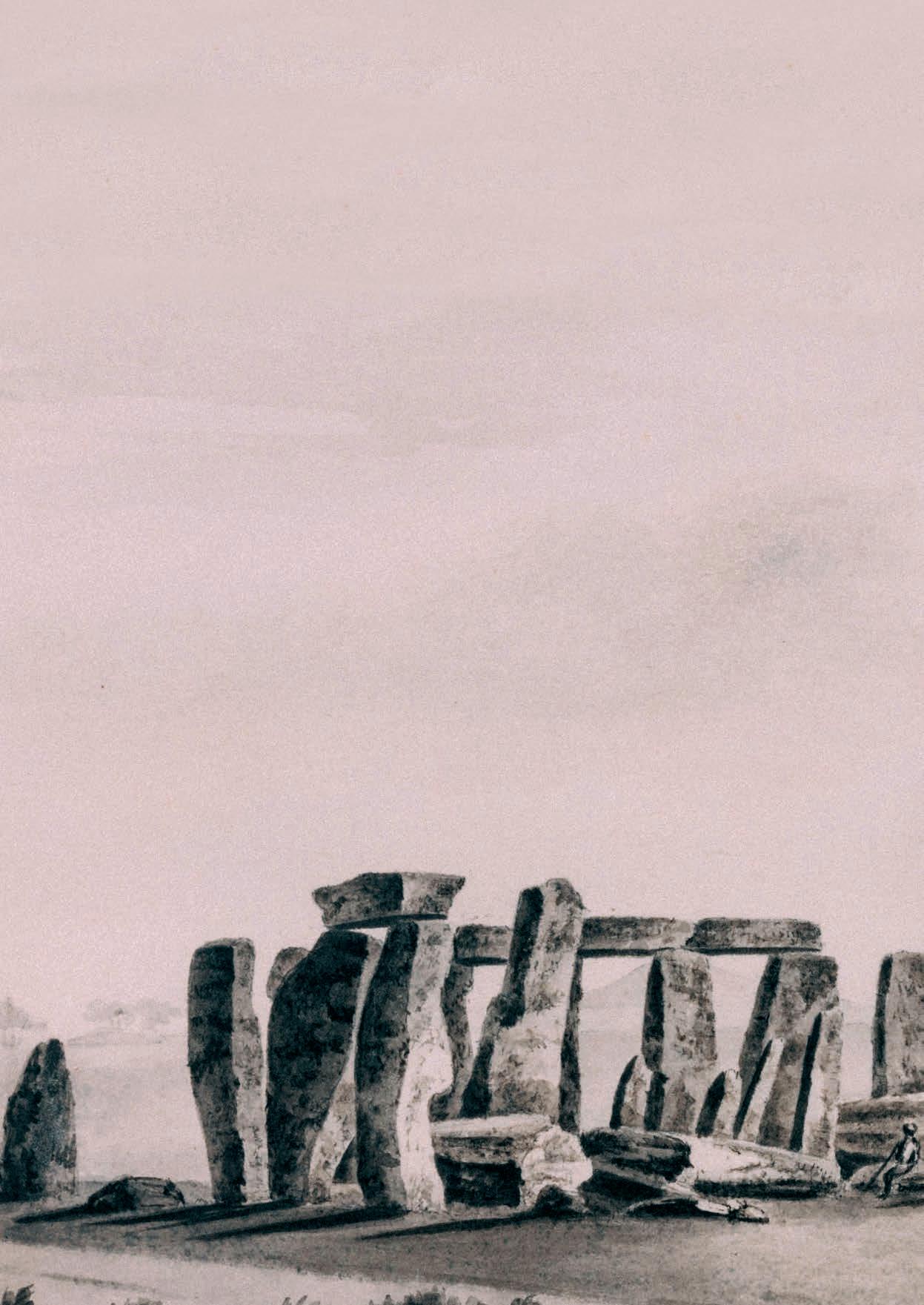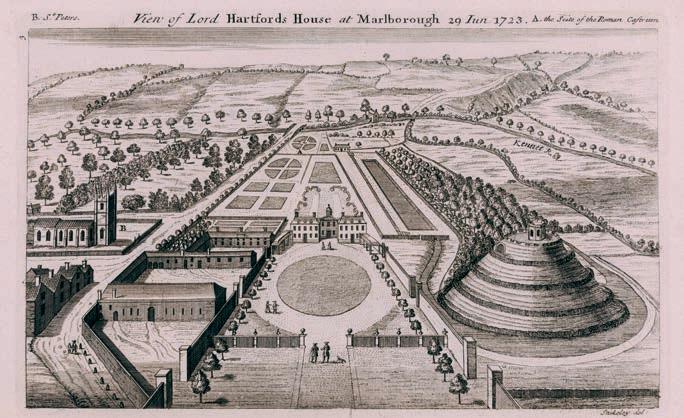
2 minute read
P Perspectives on the Past
Perspectives on the Past
The Rare Books collection is an important depository of material on all aspects of Wiltshire’s long history, including antiquarian surveys of the county’s Neolithic monuments, learned tomes on architectural heritage, and scientific and archaeological analyses of barrows, ditches, mounds and stones.
There are also 18th-century tourist guides to Avebury and Stonehenge, and even poetical responses to the Romantic craze for the ‘British druids’.
The pen-and-wash paintings of Stonehenge shown here were executed by one of Wiltshire’s greatest antiquarians, Sir Richard Colt Hoare of Stourhead (1758–1838). Heir to the banking fortune of Charles Hoare & Co., Hoare was able to devote himself to historical and archaeological projects, undertaking extensive surveys and digs across Salisbury Plain and the Wiltshire Downs. His excavations at Stonehenge (1798 and 1810), Silbury Hill (1812) and Avebury (1815) followed work upon almost 400 barrows throughout the county. His monochrome paintings served as the originals for the engraved plates made for the first volume of his monumental The History of Ancient North and South Wiltshire (1812–21). In addition to suggesting the tonal values the printmaker should follow, the paintings carry instructions on the reverse noting where the plates should appear. These valuable paintings came into the College’s keeping in 1883 when Stourhead estate short-sightedly auctioned off part of its library.



Hoare’s work was influenced by an earlier scholar to take interest in the county, William Stukeley (1687–1765). One of Britain’s earliest and greatest antiquaries, Stukeley was a clergyman and a physician, a friend of Sir Isaac Newton, and, in 1707, one of the founders of the Society of Antiquaries. During the 1720s and 1730s he collaborated with Edmond Halley on a study of the geo-astronomical secrets of Stonehenge. In 1725 he published his Itinerarium Curiosum, or An Account of the Antiquitys, and Remarkable Curiositys in Nature or Art, Observ’d in Travels through Great Britain, a richly illustrated account of ancient tumuli, monuments and ruins throughout England and Wales. Naturally, Wiltshire was of particular interest to Stukeley, and he offers engravings of many prospects of the county’s antiquities. Most valuable to the College is his bird’s-eye view over the Earl of Hertford’s mansion, drawn and engraved in 1723. From it we can easily make out buildings and features little changed today: St Peter’s Church, Granham Hill, the Old Bath Road, Court, New Court, the Duelling Lawn, the Yew-Hedges, the Mound, the Master’s Garden and the grassy plots down to the Kennet. Lord and Lady Hertford’s great house, now C1, is shown without its present porch, but is in other respects comfortably familiar.











